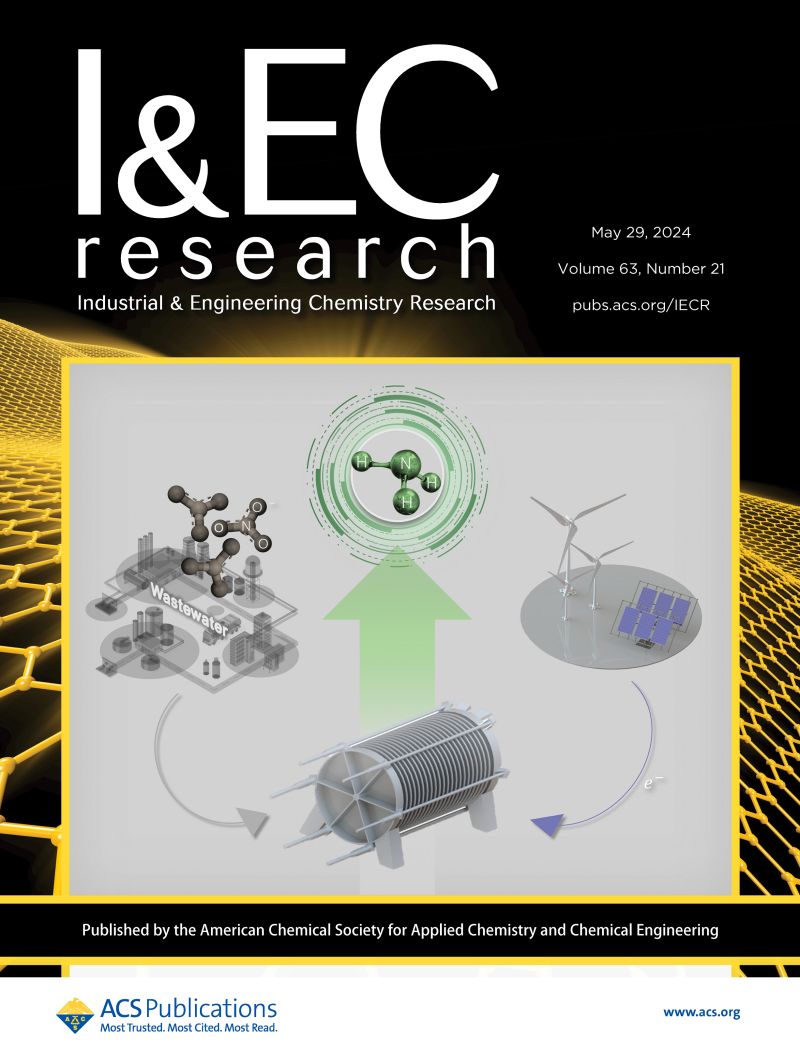CFD-DEM Simulation for Filtration Performance of Biomimetic Irregular Fiber Media Inspired by Tennis Shrimp Filter-Feeding
IF 3.8
3区 工程技术
Q2 ENGINEERING, CHEMICAL
引用次数: 0
Abstract
The setae on the chelicerae of tennis shrimp, a kind of filter-feeding organism, exemplify the superiority of the biological filtration mechanism, which inspires the design and optimization of biomimetic fiber filter structure. Inspired by the noncircular cross-sectional characteristics and the arrangement of the filtering setae, we numerically study the effects of the rotation angle, cross-section, and arrangement of the fibers media on the filtration performance using coupled computational fluid dynamic (CFD) and discrete element method (DEM), where CFD is used to deal with the flow field and DEM to calculate the particle phase. The evolution of the capture efficiency and pressure drop of fiber with triangular, oval, and diamond cross sections is also explored. The results show that the fiber with a triangular cross-section and a rotation angle of 60° exhibits a better filtration performance for capturing particles with a size of 2 μm in terms of quality factor. In addition, further analysis of triangular cross-section fiber arrangement with isotropic and anisotropic staggered multifiber model reveals that most of the particles are more easily captured by the first two rows of fibers. In addition, the 3D dendrite structure is gradually formed due to the adhesion between the particles, causing a clogging phenomenon in the filtration process. In general, the filter-feeding mechanism of tennis shrimp seta provides theoretical support and insights for the optimization of the fiber filter, offering potential applications in environment protection and industrial filtration.

求助全文
约1分钟内获得全文
求助全文
来源期刊

Industrial & Engineering Chemistry Research
工程技术-工程:化工
CiteScore
7.40
自引率
7.10%
发文量
1467
审稿时长
2.8 months
期刊介绍:
ndustrial & Engineering Chemistry, with variations in title and format, has been published since 1909 by the American Chemical Society. Industrial & Engineering Chemistry Research is a weekly publication that reports industrial and academic research in the broad fields of applied chemistry and chemical engineering with special focus on fundamentals, processes, and products.
 求助内容:
求助内容: 应助结果提醒方式:
应助结果提醒方式:


